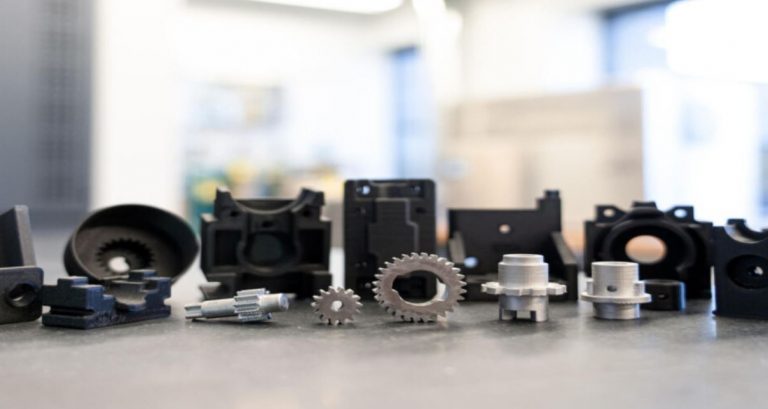In the realm of design and manufacturing, precision forms play a vital role in creating intricate and complex shapes that captivate the eye. From architectural masterpieces to automotive components, precision forms enable the realization of unique and awe-inspiring designs.
Plastic molding companies significantly contribute to the field of precision forms. By utilizing innovative molding techniques such as injection molding, blow molding, and thermoforming, these companies can produce precise, complex shapes with an exceptional level of detail.
This capability extends across various industries, including automotive, consumer electronics, and medical devices, among others. In addition to providing high-quality, durable products, plastic molding companies also offer the advantage of cost-effective production, making precision design more accessible and feasible on a large scale.
In this blog post, we will delve into the world of precision forms and explore the techniques and strategies required to achieve excellence in complex shape design.
1. Understanding the Importance of Precision Forms
Precision forms refer to the molds, patterns, or templates used to create complex shapes with utmost accuracy. They serve as the blueprint for manufacturing processes such as casting, molding, or machining. Precision forms ensure that the final product aligns perfectly with the desired design specifications, guaranteeing consistency and high-quality results.
2. Advanced CAD Modeling and Simulation
In the world of complex shape design, advanced computer-aided design (CAD) modeling and simulation tools are essential. CAD software enables designers to create and visualize intricate shapes in a virtual environment. Through simulation, designers can assess the feasibility of their designs, identify potential issues, and make necessary adjustments before moving on to the production phase.
3. Use of 3D Printing and Rapid Prototyping
3D printing and rapid prototyping technologies have revolutionized complex shape design. By using these additive manufacturing techniques, designers can quickly transform their digital designs into physical prototypes. This allows for rapid iteration and refinement of complex shapes, ensuring that the final product meets the desired specifications.
4. Material Selection and Compatibility
When working with precision forms, careful consideration of materials is crucial. The choice of materials should align with the requirements of the final product, considering factors such as strength, durability, flexibility, and compatibility with the manufacturing process. Understanding the properties of different materials helps designers achieve the desired level of precision and functionality.
5. Attention to Detail and Fine-tuning
Achieving excellence in complex shape design requires a meticulous approach and attention to detail. Designers must pay close attention to every curve, edge, and surface to ensure that the final product reflects their vision accurately. Fine-tuning the design through iterative processes and multiple iterations is often necessary to achieve the desired level of precision and aesthetics.
6. Collaboration and Multidisciplinary Approach
Complex shape design often involves collaboration between designers, engineers, and manufacturers. A multidisciplinary approach encourages the exchange of ideas and expertise, ensuring that all aspects of the design, including functionality, manufacturability, and aesthetics, are taken into account. Effective communication and collaboration between team members contribute to the overall success of the project.
7. Integration of Technology and Traditional Craftsmanship
While advanced technology plays a significant role in complex shape design, the integration of traditional craftsmanship adds a unique touch. Skilled artisans bring their expertise and craftsmanship to breathe life into intricate designs, combining the precision of technology with the human touch. This blend of technology and craftsmanship results in truly exceptional and awe-inspiring creations.
8. Continuous Learning and Innovation
In the ever-evolving world of complex shape design, continuous learning and innovation are key. Designers must stay updated with the latest technologies, materials, and techniques to push the boundaries of what is possible. By embracing new tools, experimenting with innovative approaches, and seeking inspiration from various sources, designers can continuously elevate their craft and achieve excellence in complex shape design.
Precision forms are the foundation of complex shape design, enabling the creation of extraordinary and intricate designs.
Through advanced CAD modeling, 3D printing, material selection, attention to detail, collaboration, integration of technology and craftsmanship, and a commitment to continuous learning and innovation, designers can achieve excellence in complex shape design.
By embracing the possibilities offered by precision forms, designers can unleash their creativity and bring their visions to life in breathtaking ways.




